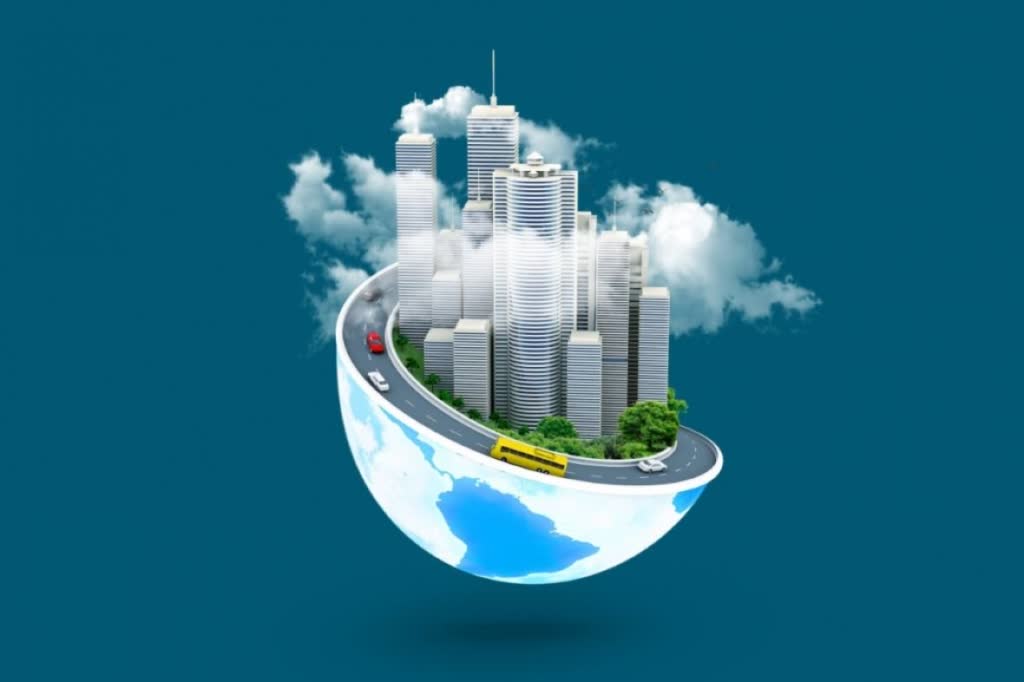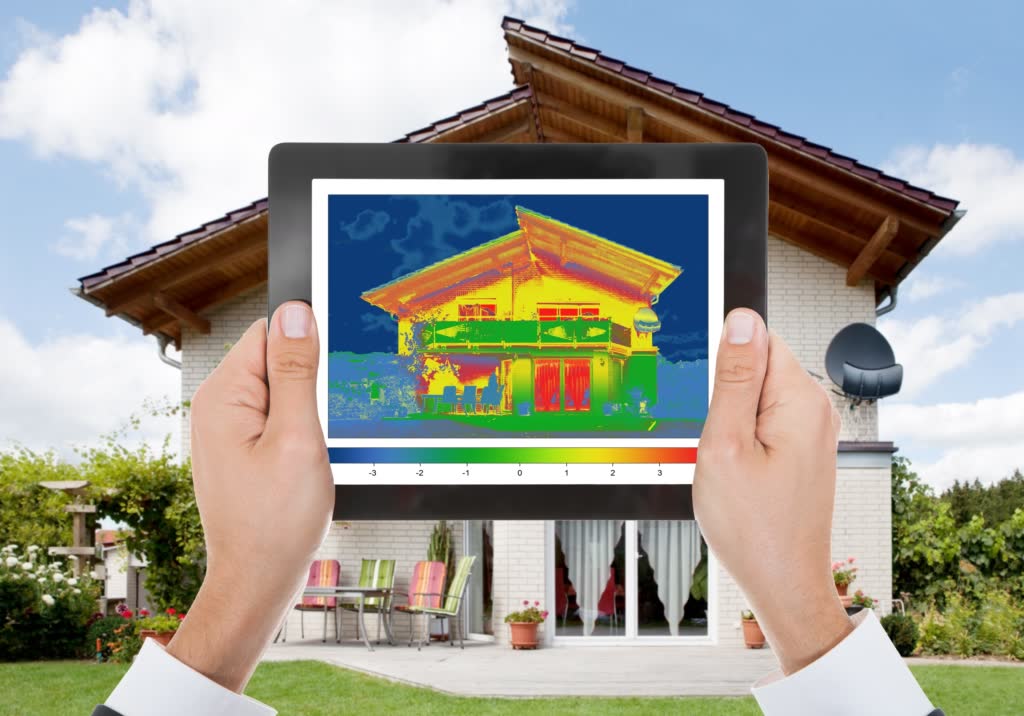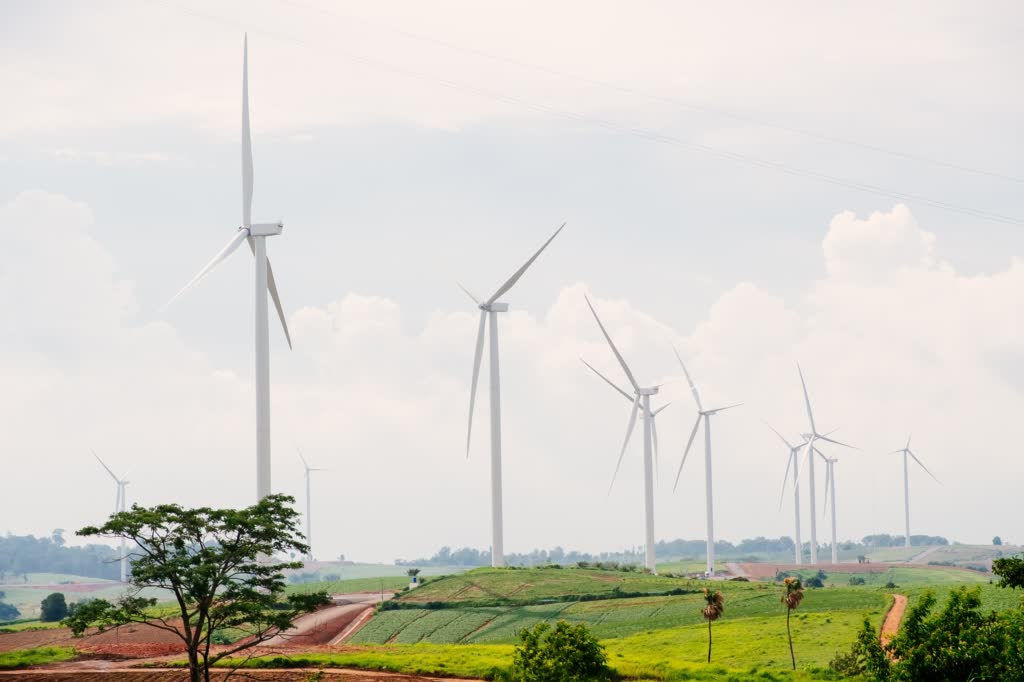You probably thought that you would see garbage cans that, when they are filled to the brim sends SMS or e-mail to the waste disposal service, in science-fantasy movies only. However, technology has progressed so far in recent years, that many of the scenes from these films are present today and in real life.
Precisely this kind of garbage cans you can find in the streets of Singapore, and this is just one of the ways of improving energy efficiency in this city. Singapore or the Garden City as it is called because of the large number of parks, gardens and cycle paths, is one of the cleanest cities in the world. How has Singapore become one of the best energy-efficient city examples?
Except it has a smart garbage cans, most residents use urban transport, but also because of its excellent approach to urban transport planning which includes strong restrictions on ownership and use of private cars. Why is this important? Because heavy traffic congestion and greenhouse gas emissions are threatening the environment, but also the health of the people on Earth. We have witnessed increased concentration of polluted air in our country in the past few days, and the result is low quality coal heating and large concentrations of older car models which do not fulfilled modern environmental regulations. Experts of the largest energy efficiency project in Bosnia and Herzegovina BEEP – Bosnia Energy Efficiency Project warn about these problems, and propose solutions through high-quality transport planning, in terms of designing streets for people, not for traffic.
Developing a city in a sustainable energy-efficient urban center is a complex task, but examples such as Singapore are proof that through clear vision, strong management and strong state institutions can make a city comfortable to live in.
Until then, experts advise reducing the use of motor vehicles, bicycle use and walking for lesser times for smaller routes in order to start contributing to cleaner air and a healthier environment.




